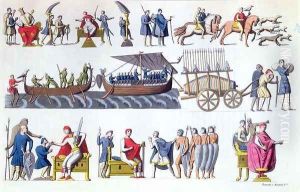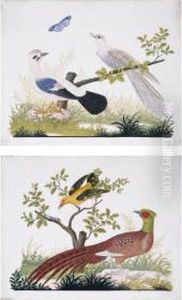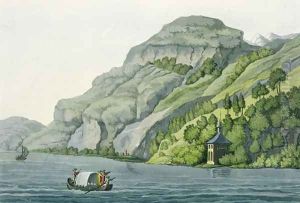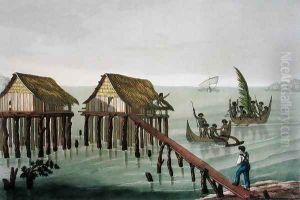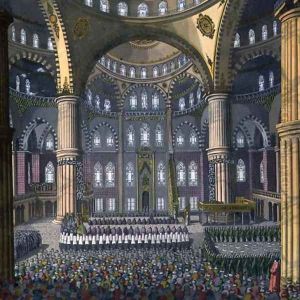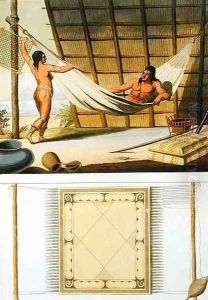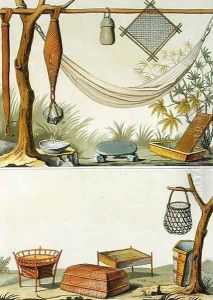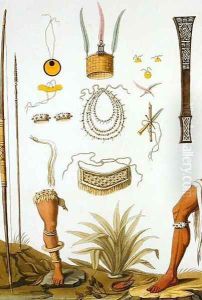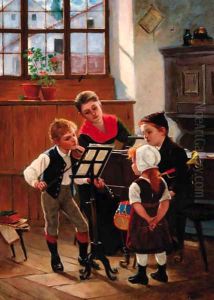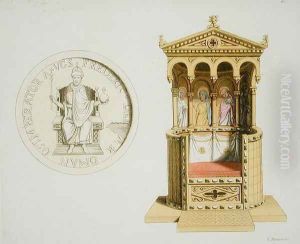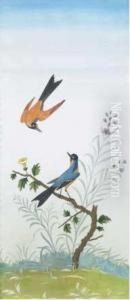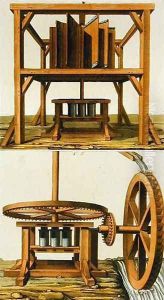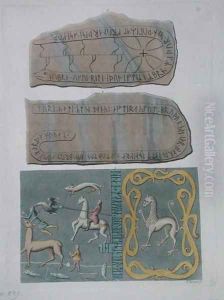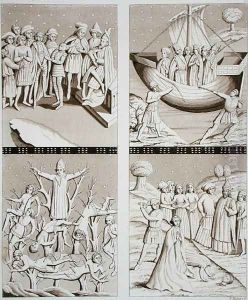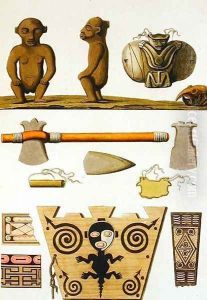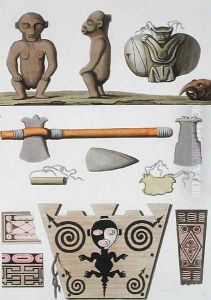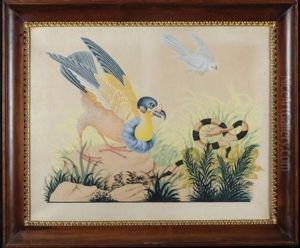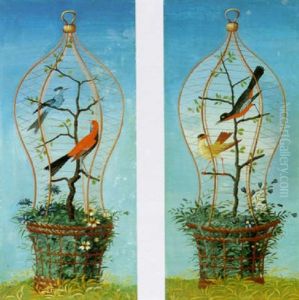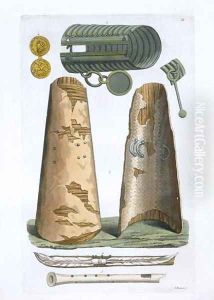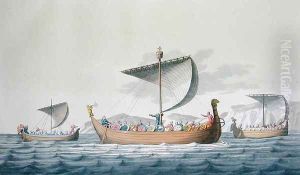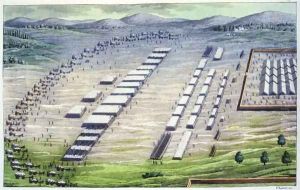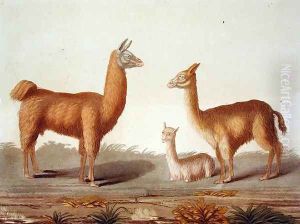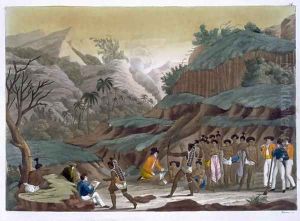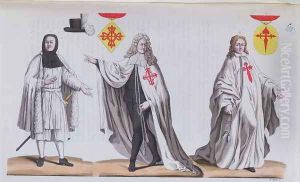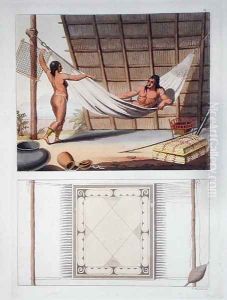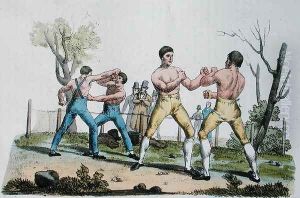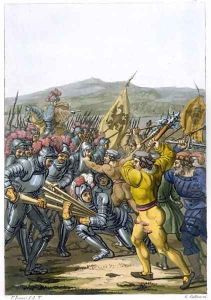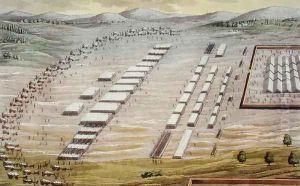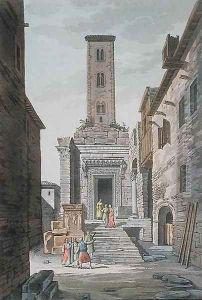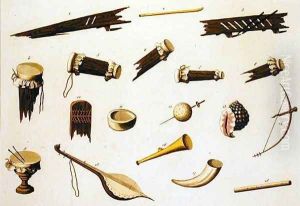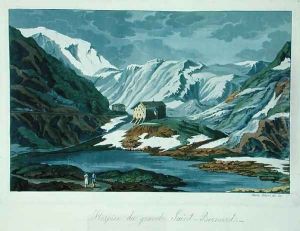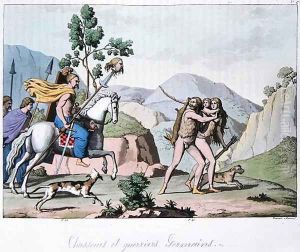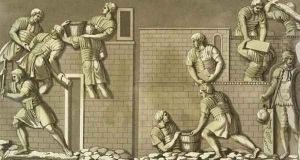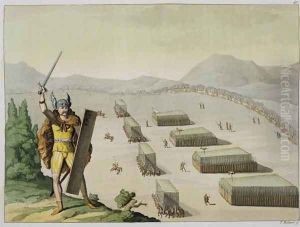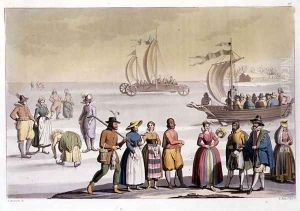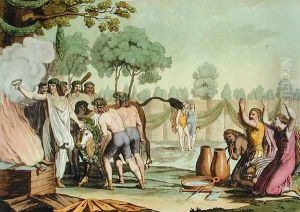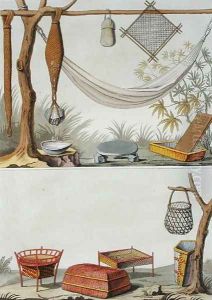Vittorio Raineri Paintings
Vittorio Raineri, also known as Il Mosca, was an Italian painter and engraver active during the late 18th and early 19th centuries. Born in Pavia, Italy, in 1773, Raineri was recognized for his works in the Neoclassical style, which was prevalent during his time. He received his initial artistic training at the Brera Academy in Milan, where he was deeply influenced by the neoclassical ideals that emphasized harmony, simplicity, and the influence of ancient Greek and Roman art.
Raineri's career unfolded during a period of significant cultural and political changes in Italy, including the Napoleonic Wars and the subsequent shifts in governance. His work often reflected the classical ideals and was characterized by precise draftsmanship, clear contours, and a refined use of light and shadow, which was typical of the neoclassical aesthetic. He was particularly proficient in fresco and oil painting and produced numerous religious works, portraits, and historical scenes.
Throughout his career, Raineri was commissioned to decorate various public buildings and churches, which was a testament to his skill and reputation. His contributions to the art world also extended to teaching; he was involved in the education of young artists and helped to propagate the neoclassical style in Italy.
Vittorio Raineri's legacy is preserved through his artworks, which continue to be studied and admired for their technical skill and adherence to the neoclassical principles. He passed away in 1858, leaving behind a body of work that reflects the artistic trends and cultural values of his era.
